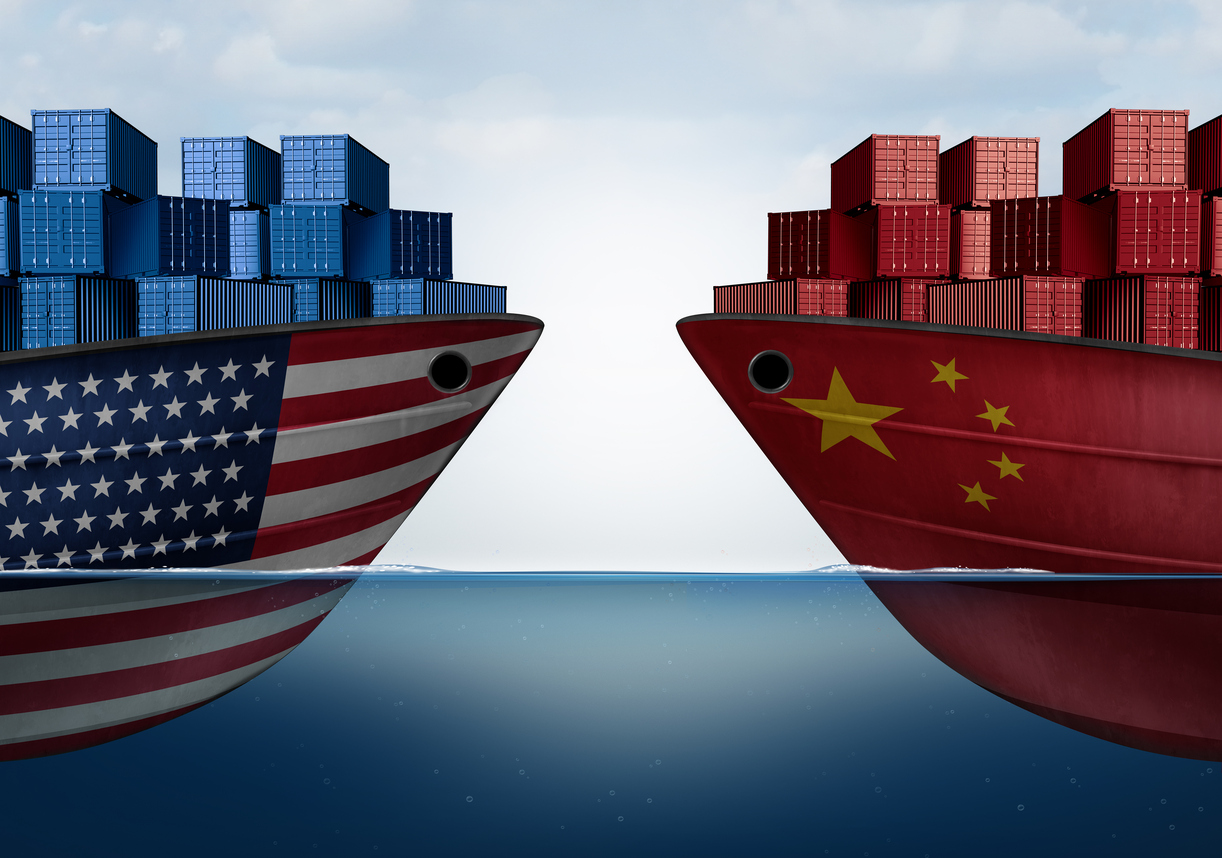Picking the Wrong Fight: Why China Holds All the Cards in Trump’s Trade War.
A trade war between the world’s two largest economies is not just underway—it’s full-throttle. The United States, under President Donald Trump, slapped tariffs on Chinese goods as high as 245%, seemingly expecting China to crumble under the pressure. But Beijing responded with its own hefty 125% levies on American imports—and barely flinched.
If Trump thought he could muscle Beijing into submission, he clearly misread the room. In fact, it’s almost laughable how unprepared the US was for the resilience and leverage China would bring to the table.
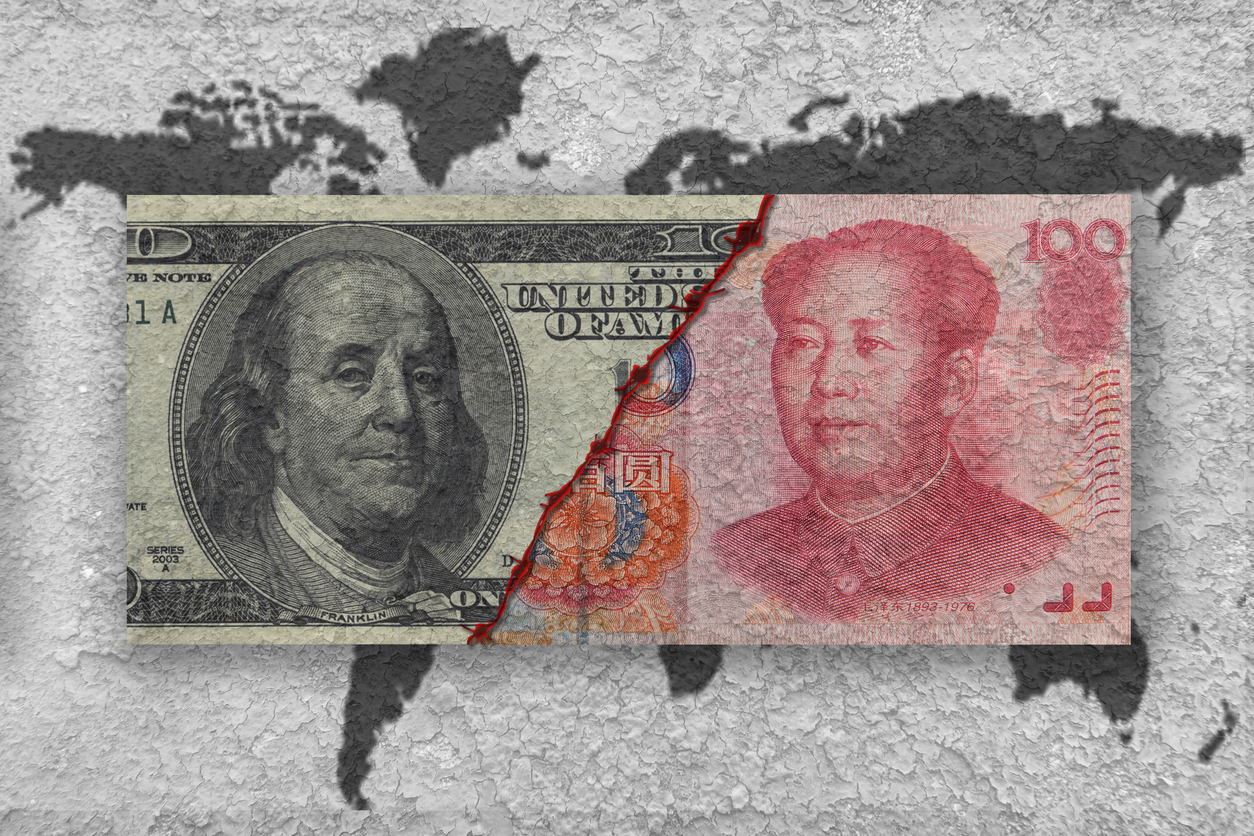
1. China Can Take the Pain—More Than You’d Think
China is no small player. As the world’s second-largest economy, it can absorb economic blows that would flatten others. With a population of over a billion, it has a domestic market that can cushion the blow to its exporters. Sure, Chinese consumers aren’t spending as much as Beijing would like, but the government is already rolling out incentives—everything from subsidies on appliances to special “silver train” travel deals for retirees.
And let’s be honest: Trump’s tariffs have only intensified the Chinese Communist Party’s drive to unleash the country’s full consumer power.
RELATED: Trump’s Economic Chaos: Why Should You Care if the US Dollar Falls?
“They may very well be willing to endure the pain to avoid capitulating to what they believe is US aggression,” Mary Lovely, a trade expert at the Peterson Institute in Washington DC, told BBC Newshour. And unlike Western democracies, China doesn’t have to worry about elections or media cycles. Its authoritarian model grants it a far higher threshold for short-term economic discomfort.
Of course, there are pressures—youth disillusionment, a property market in crisis, and job losses—but Beijing has used these challenges to whip up nationalistic support and shore up internal unity. As state media puts it, the people must “weather storms together.” One official even reassured the nation, “The sky will not fall.” Try getting a US politician to say that with a straight face during a trade war.
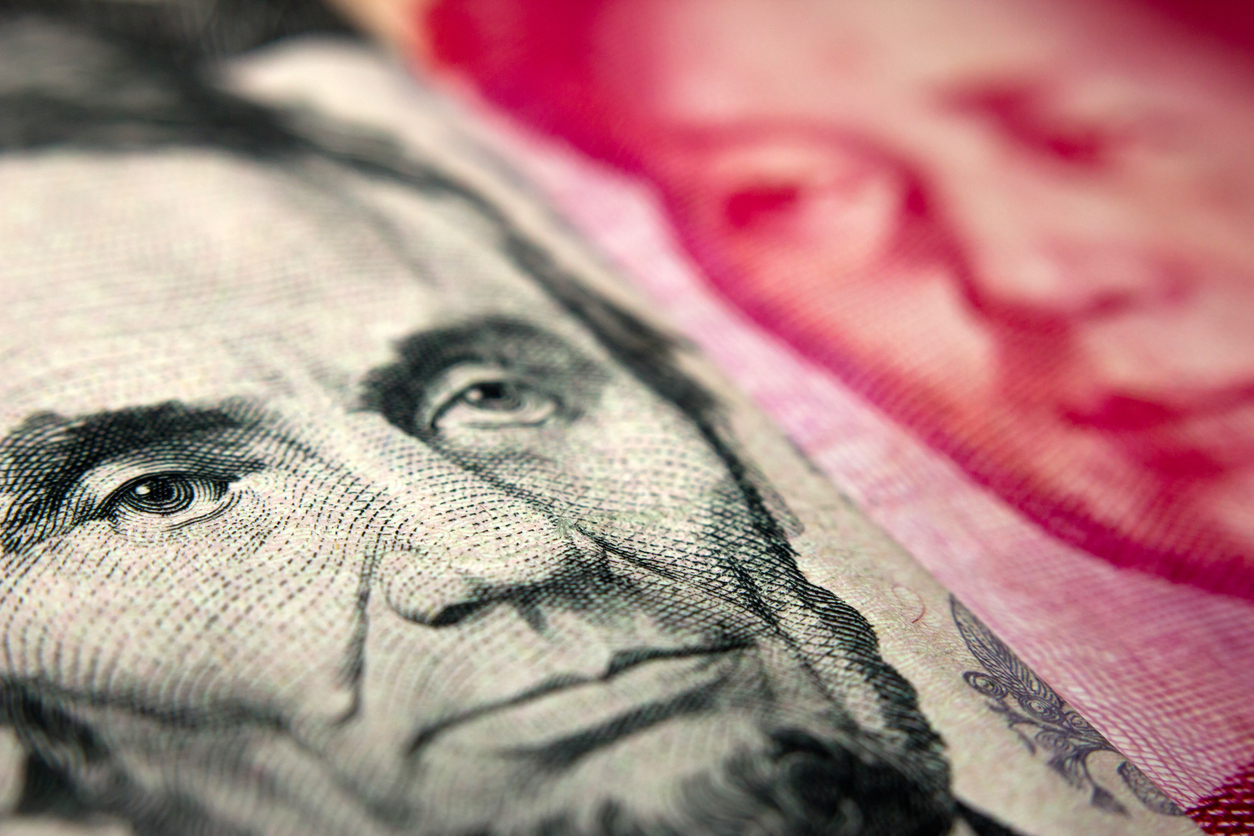
2. China Has Been Playing the Long Game
While Trump made headlines with impulsive tariffs, China has been quietly investing in its future for years. Once seen as the world’s factory floor, it's now vying for global tech supremacy. From AI and renewables to homegrown chips, China is betting big on innovation.
Just look at the results: the Chinese AI chatbot DeepSeek made waves as a credible rival to ChatGPT. Electric vehicle giant BYD overtook Tesla last year to become the world’s biggest EV manufacturer. And even Apple, the US tech titan, is losing ground in China to local heavyweights like Huawei and Vivo.
Beijing recently announced it will pour more than $1 trillion into AI and tech innovation over the next decade. Meanwhile, US companies trying to pivot away from China have found the task nearly impossible. No other country can match China’s blend of massive infrastructure, skilled labor, and full-spectrum supply chains. These systems weren’t built overnight—they’re the result of decades of planning, investment, and focus.

3. Unrivalled Supply Chain Supremacy
The global supply chain still revolves around China. Despite American efforts to “decouple,” manufacturers remain deeply embedded in the Chinese industrial web. Whether it's semiconductors, rare earth metals, or EV components, China holds the keys.
RELATED: Trump's Tariffs Explained: What Happened on Liberation Day?
Trump’s tariffs may push some factories to Vietnam or Mexico, but replacing China's complete production ecosystem? That’s a fantasy. The US is trying to reroute a high-speed train while it’s still moving—and without the track.
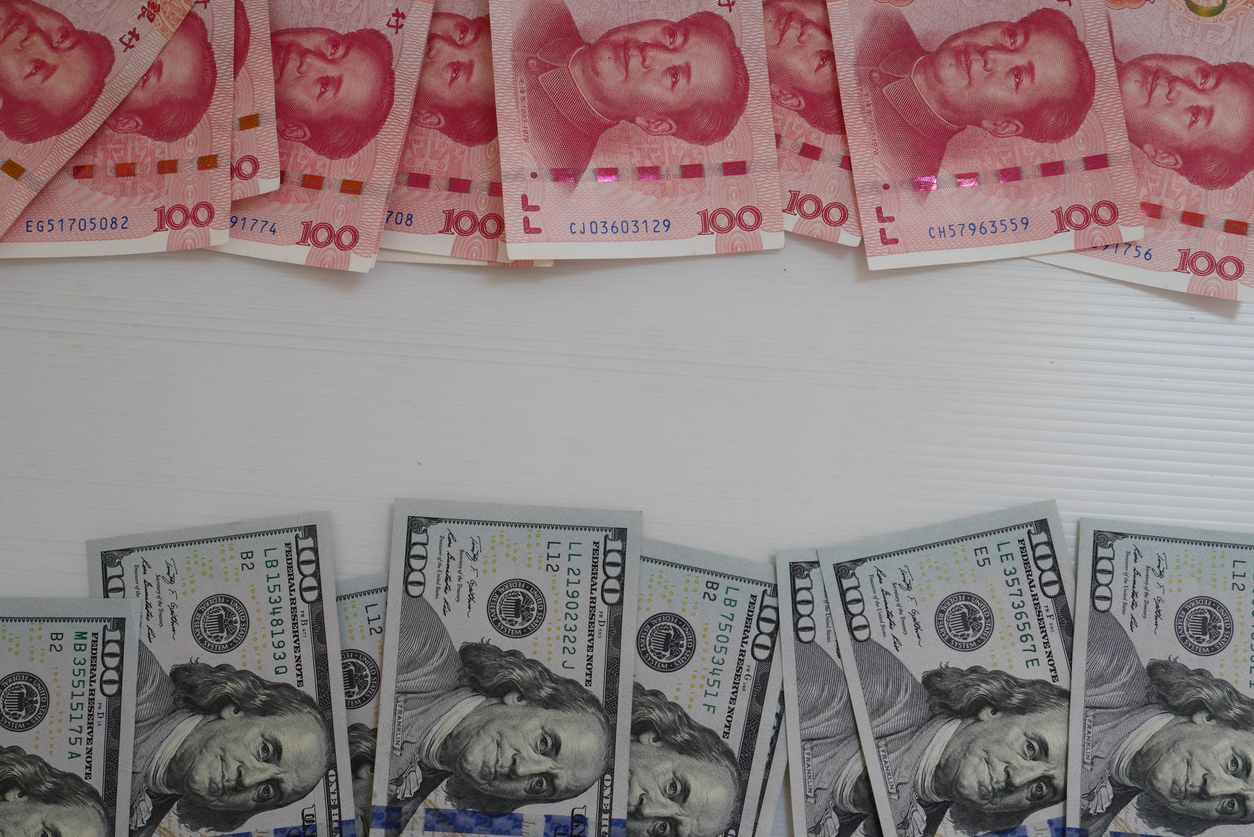
4. State Power and Strategic Nationalism
Trump underestimated the Chinese government’s ability to rally its people. Nationalistic pride has surged in China in response to American pressure, and Beijing has skillfully spun the narrative. This isn’t a trade war—it’s a national defense effort. The Communist Party is pitching it as a struggle against foreign bullying, and with its tight grip on media and messaging, it's convincing a lot of people.
This type of internal cohesion is something American leadership can only dream of during economic turbulence.
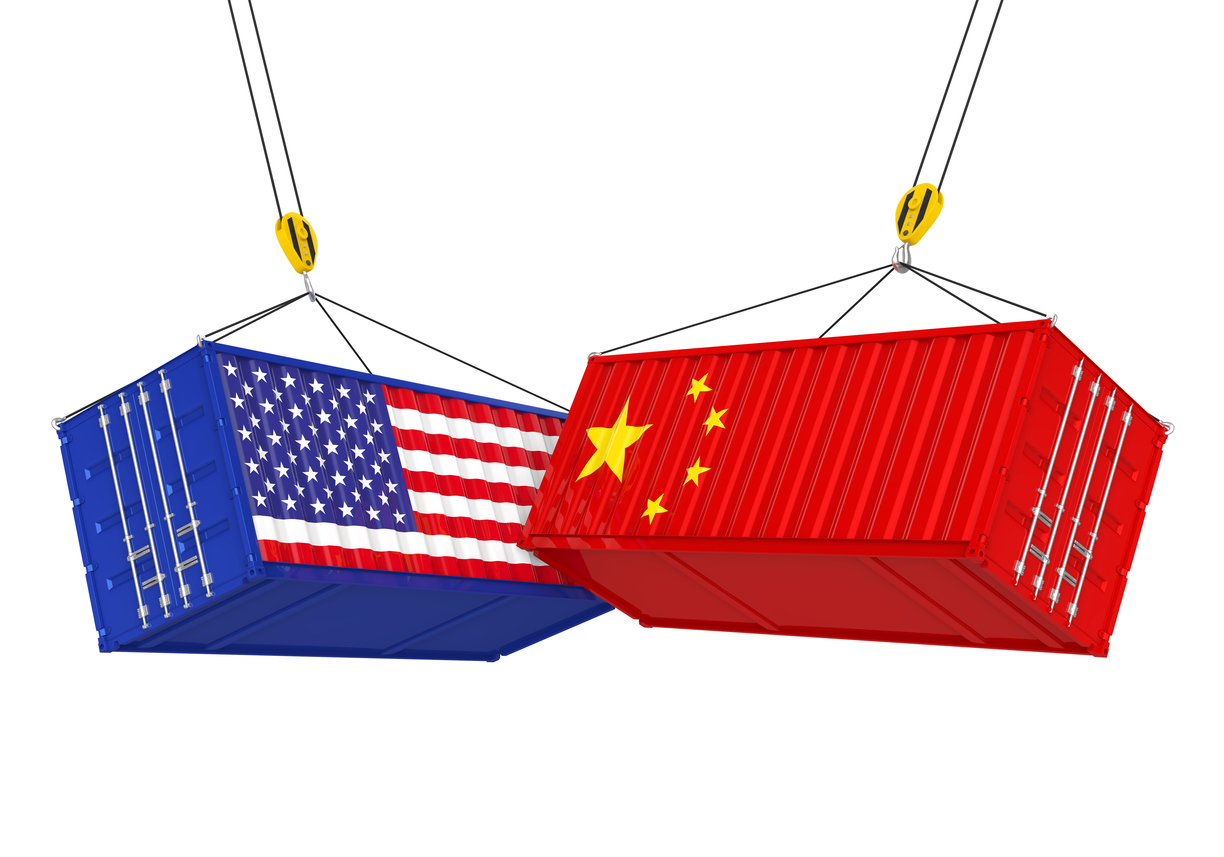
5. Technological Ambition Backed by a War Chest
While the US flounders with regulatory chaos and political division, China is pumping money and talent into next-gen technologies. Whether it’s AI, biotechnology, 5G, or green energy, Beijing has decided to own the future. And they’re well on their way.
RELATED: Trump Loses $500 Million Amid Global Tariff Turmoil.
Trump’s administration didn’t just underestimate China’s endurance—it ignored the trajectory. China isn’t just surviving this trade war; in many ways, it’s using it as fuel.
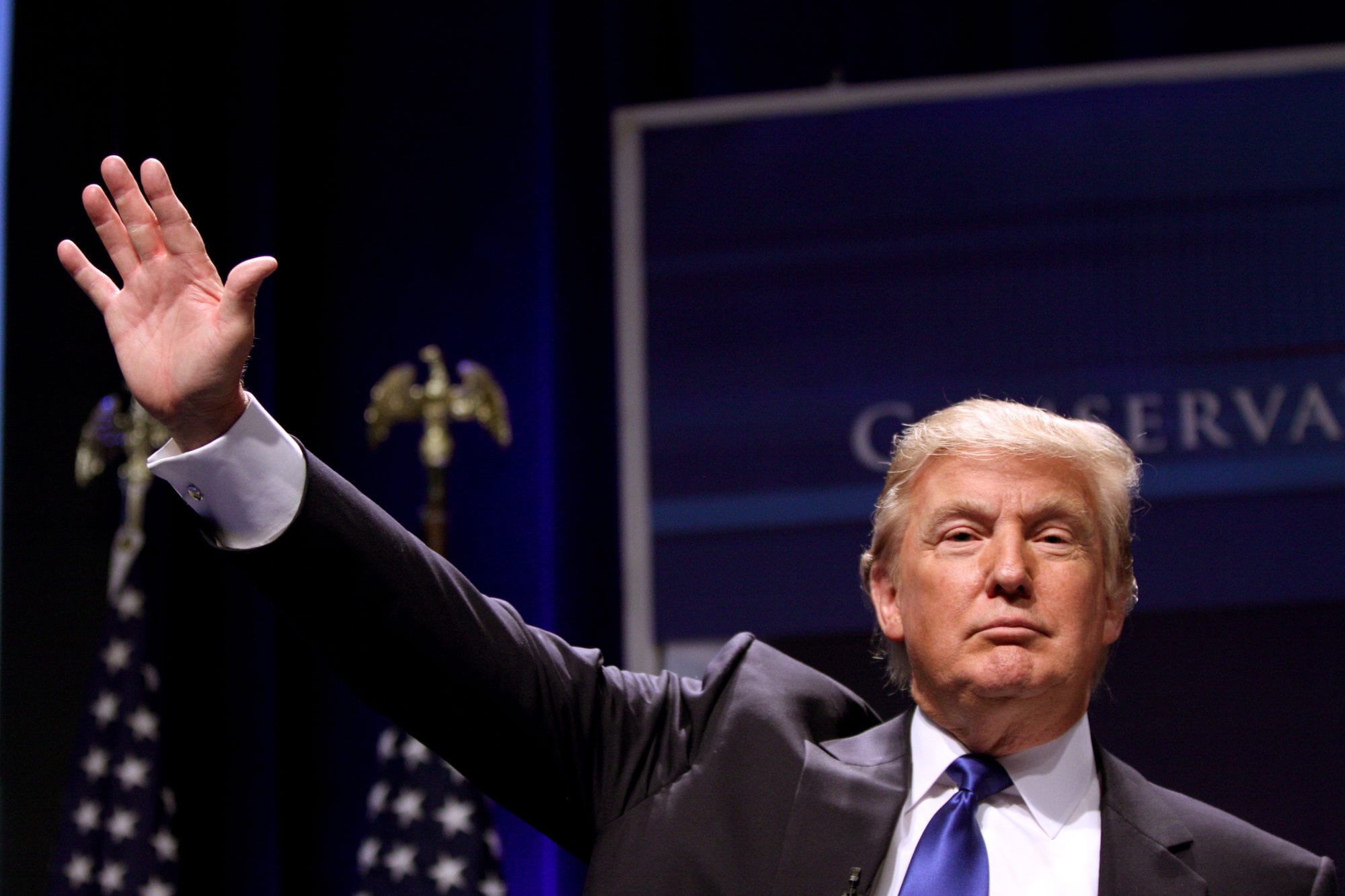
A Scathing Verdict on Trump’s Trade War
Donald Trump’s tariffs weren’t a strategy—they were a tantrum. The idea that the US could bludgeon China into submission with economic threats is not only arrogant, it's ignorant. You can’t bully a country into doing what you want, especially not one like China that’s been preparing for this fight for years.
In trying to reassert American dominance, Trump simply exposed its limits. The world watched—and so did China, calmly stacking its chips while Trump flipped the table. His foreign policy wasn't about leadership, it was about ego. And in this high-stakes game, China’s still sitting pretty while America’s bluff gets called.


